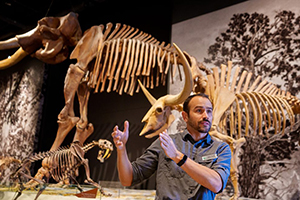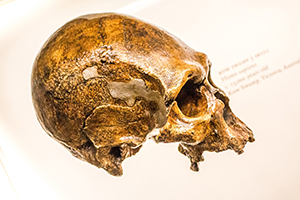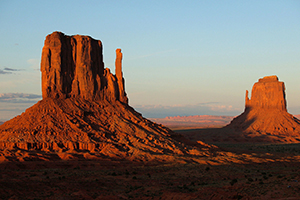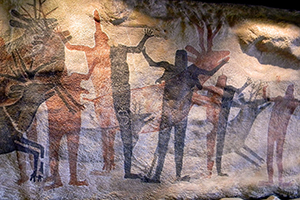
Despite its name, the ice age saw its fair share of wildfires, particularly towards the end. Humans were partly to blame, as was likely a catastrophic comet that burned some 10% of the earth’s surface almost 13,000 years ago. But Faith and his colleagues found another surprising culprit: the disappearance of large grazers.




